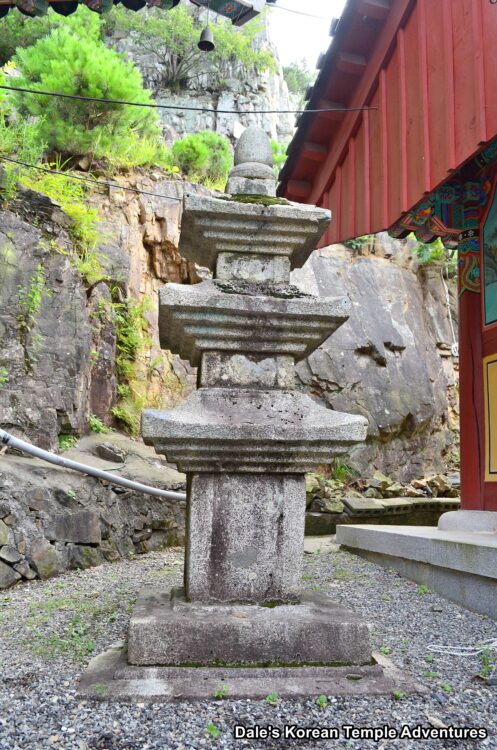
Temple History
This Munsusa Temple, which shouldn’t be confused with the dozens of other temples and hermitages with the same name on the Korean peninsula, is located in Ulju-gun, Ulsan on Mt. Munsusan (600.1 m). Originally, this mountain was called Mt. Yeongchuisan and Mt. Cheongnyangsan during the Silla Dynasty (57 B.C. – 935 A.D.) and the Goryeo Dynasty (918-1392), but later it was changed to Mt. Munsusan because people believed that Munsu-bosal (The Bodhisattva of Wisdom) lived in this beautiful location. And much like the mountain, Munsusa Temple gets its name from Munsu-bosal.
Munsusa Temple is said to have been founded in 646 A.D. by the famed monk Jajang-yulsa (590-658 A.D.). If this date and famed monk sound familiar, they should. Jajang-yulsa is the very same monk that founded the neighbouring Tongdosa Temple in 646 A.D., as well.
There are no records related to Munsusa Temple from the Goryeo Dynasty. And over time, the temple deteriorated until the Daeung-jeon Hall was re-built in 1984. Previously, Munsusa Temple had been designated Ulsan Traditional Buddhist Temple #3 in 1973.
Munsusa Temple’s cultural assets are currently housed at the Tongdosa Temple museum. They include a stone Amita-bul statue, which is Ulsan Metropolitan City Tangible Cultural Heritage #15. Also housed at the Tongdosa Temple museum is a Taenghwa painting that dates back to 1787, and it’s Ulsan Metropolitan City Tangible Cultural Heritage #16. There is also a Jijang-bosal (Bodhisattva of the Afterlife) painting produced in 1893 and a Chilseong (Seven Stars) mural that was first painted in 1855.
Munsu-bosal (The Bodhisattva of Wisdom) Myths
There is a myth called “Mugeo Seolhwa – 무거설화” in Korean. In English, “Seolhwa” means myth. In this myth, King Gyeongsun of Silla (r. 927-935) was heading to Munsusa Temple with his two sons, who just so happened to be princes, to ask about their future to Munsu-bosal. On their way to Munsusa Temple, the king met a young boy monk. The young monk asked the king where he was going, so King Gyeongsun said that he was going to meet Munsu Daeseong. The young monk told the king to follow him. Once the king and two princes passed over the Taehwa River [in modern day Ulsan], the young monk disappeared. The king realized that the heavens had given up on them, so King Gyeongsun of Silla returned to his palace and decided to surrender to King Taejo of Goryeo (r. 918-943). The spot where the young monk disappeared is called “Mugeo,” and the spot where the king came to this realization is called “Heolsujeong.”
And according to another myth found in the Samguk Yusa (Memorabilia of the Three Kingdoms), there’s a myth about Munsu-bosal and Byeonjae Cheonnyeo (Celestial Spirit). In this myth, there was a monk named Yeonhoi – 연회. Yeonhoi was reading the Lotus Sutra every day, and the lotus flowers were always vibrant at the temple he lived at during every seasons. One day, King Wonseong of Silla (r. 785-798) found that this was amazing, so the king wanted to ask Yeonhoi to become the national monk, or “Guksa – 국사” in Korean. Hearing this rumour, Yeonhoi ran away from the temple and over the west hill. When he arrived on the other side of the hill, there was an old man who was farming. This old man asked Yeonhoi where he was going. So Yeonhoi said, “This country tried to hold me on a leash by giving me an official position. So I’m running away from it.” The old man then asked “Why bother to go so far?” The monk was already walking away from the man while listening to his question. After he walked about two kilometres, there was an old woman standing by a stream. She said, “The old man that you just met was Munsu Daeseong. Why didn’t you listen to him?” Suddenly, the monk felt ashamed, so he hurried back to the temple and became the national monk at the palace. The old man was Munsu-bosal (The Bodhisattva of Wisdom) and the old woman was Byeonjae Cheonnyeo. The hill that the monk went over is called Munsu-gogae (“Gogae” means “hill” in English). And the spot that the monk met Byeonjae Cheonnyo is called “Ani-gogae.”
Temple Layout
Munsusa Temple is situated up in the clouds of Mt. Munsusan. And to get to the temple grounds, which are located on the side of the mountain, you’ll need to make your way up a six kilometre winding mountainside road, until you eventually arrive on the outskirts of the temple grounds. The Munsusa Temple grounds appear to be precariously placed on the side of the mountain. And it’s from this vantage point that you get some amazing views of the city of Ulsan down in the valley folds below.
Before passing under the two-story Jong-ru (Bell Pavilion), you’ll first pass by the kitchen area of the temple. Just beyond the kitchen is a trail that continues to lead up to the peak of Mt. Munsusan. Also found between the kitchen and the slopes of the mountain is a path that leads up to the monk-only meditative hall. You’ll get a better view of this crowning hall from the Daeung-jeon Hall.
Finally having passed under the four pillared Jong-ru with the mid-sized Brahma Bell on the second story of the structure, you’ll be greeted by the large Daeung-jeon Hall at Munsusa Temple. Unfortunately, the front of the Daeung-jeon Hall is occupied by an ugly green Plexiglas enclosure for the numerous visitors that might visit the temple at once like during Buddha’s Birthday.
Stepping inside the Daeung-jeon Hall, and resting on the main altar, are seven statues. The central image is that of Seokgamoni-bul (The Historical Buddha). This central statue is joined on either side by a pair of tiny, golden dongja (attendant) statues. On the other side of each dongja, you’ll find statues dedicated to Munsu-bosal (The Bodhisattva of Wisdom) and Bohyeon-bosal (The Bodhisattva of Power). And rounding out the main altar collection of statues is a standing image dedicated to Jijang-bosal (The Bodhisattva of the Afterlife) to the far left and another standing image to the far right dedicated to Gwanseeum-bosal (The Bodhisattva of Compassion). And on the far left wall is a large Shinjung Taenghwa (Guardian Mural).
To the right of the Daeung-jeon Hall is the Myeongbu-jeon Hall. But before entering the Myeongbu-jeon Hall, which is dedicated to Jijang-bosal, you’ll notice a diminutive three-story pagoda placed between the two temple shrine halls. Surrounding the exterior walls to the Myeongbu-jeon Hall are some nicely rendered Shimu-do (Ox-Herding Murals). Stepping inside the Myeongbu-jeon Hall, you’ll be greeted by a green haired statue of a seated Jijang-bosal holding a golden staff in his left hand. But the main highlight to this shrine hall are the grotesque painted images of those being punished in the afterlife adorning the interior walls of the Myeongbu-jeon Hall. Of note, it’s the vulture eating the eyes of an individual that stands out the most in this set of grotesque paintings.
Behind the Myeongbu-jeon Hall, and up a set of stairs, is a stone courtyard with two stone statues. The faceless statue to the left is known as the Seokbul-jwasang. This faceless image is obviously much older than the neighbouring image. This stone statue was carved from the face of the mountain. Next to this historic statue is a newer statue dedicated to Yaksayeorae-bul (The Medicine Buddha). What’s interesting about this statue is the glass orb that’s perched atop of the medicinal stone vessel that it holds in its left hand.
The final building to the rear of the temple grounds is the Samseong-gak Hall. Inside this hall are a triad of the most popular shaman deities in the Buddhist pantheon. In the centre is an older image of Chilseong (The Seven Stars). To the right is an image of Dokseong (The Lonely Saint). And to the left hangs a painting dedicated to Sanshin (The Mountain Spirit).
How To Get There
From Ulsan, you can catch the Munsusa Temple shuttle bus from the Ulsan Gongeuptop Rotary. It leaves at 8 a.m. and 9 a.m., respectively, during the weekdays. The shuttle bus will drop you off at the Munsusa Temple parking lot. From the parking lot, you’ll have to walk an additional 500 metres to get to the temple.
Overall Rating: 7.5/10
By far, the main highlight to Munsusa Temple is its location and the view it presents to visitors. If you go on a clear day, you’ll be able to see Ulsan and the sea off in the distance. And if you go early enough, you’ll be able to see the fog slowly receding from the valley folds of Mt. Munsusan. In addition to all of this natural beauty, have a look for the amazing, and slightly terrifying, murals that adorn the interior of the Myeongbu-jeon Hall, as well as the stone statues and the shaman murals housed inside the Samseong-gak Hall.
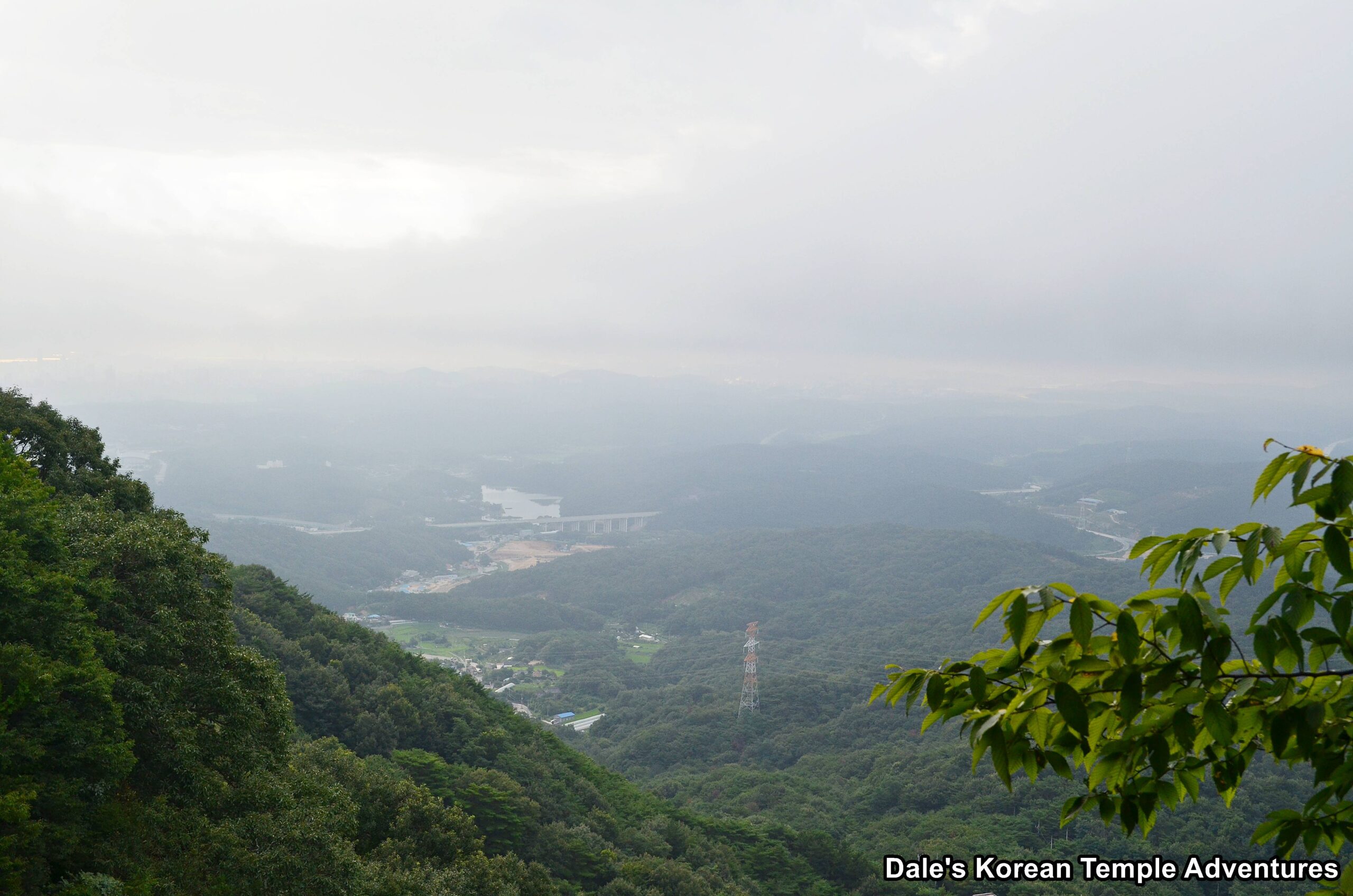
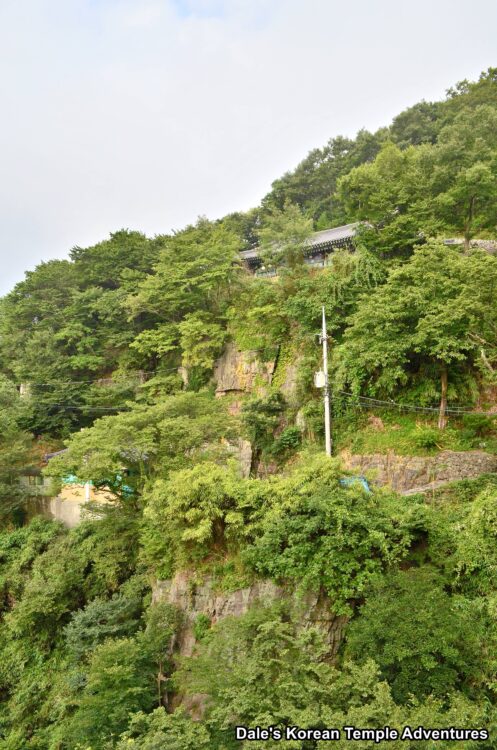
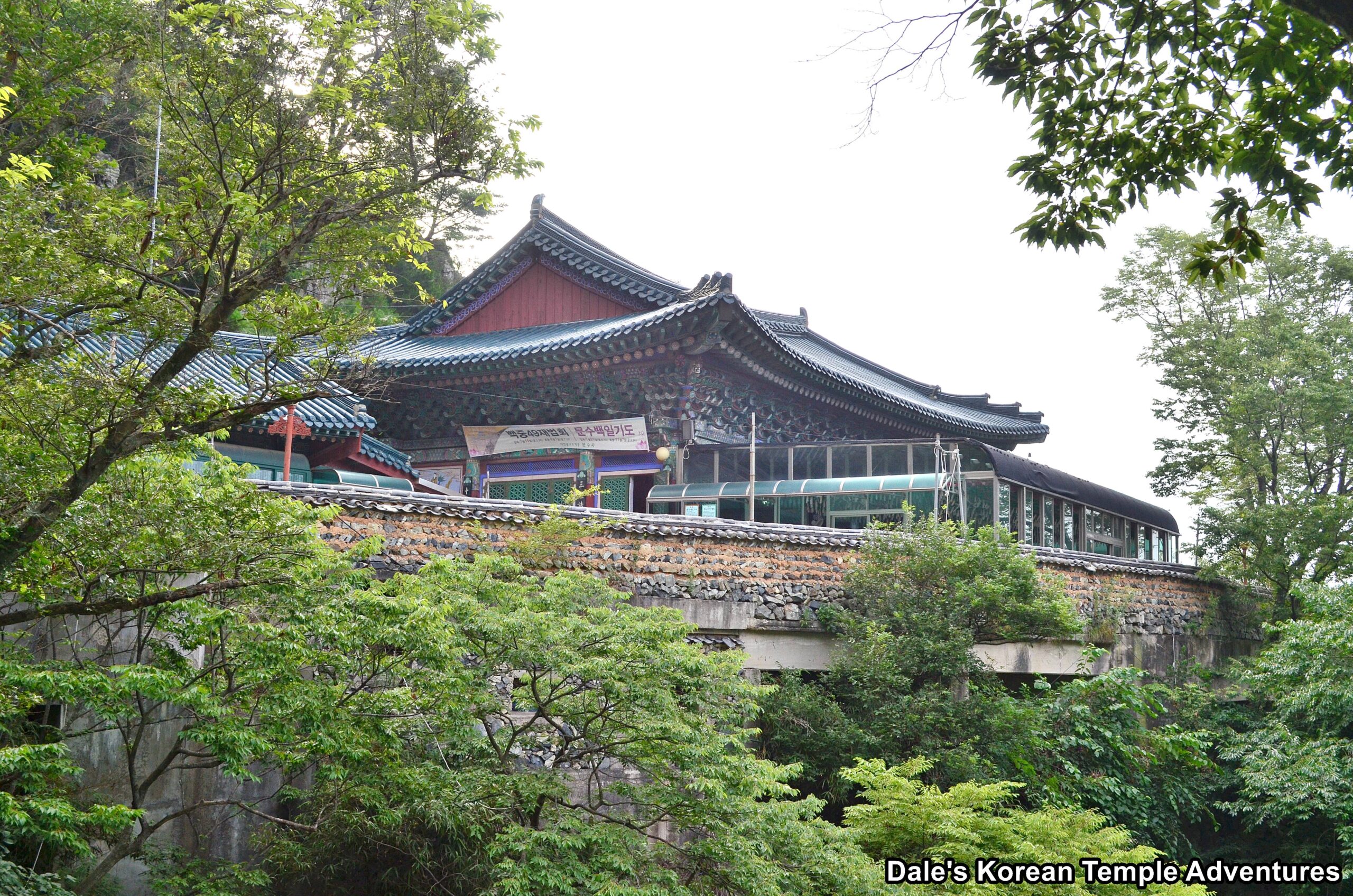
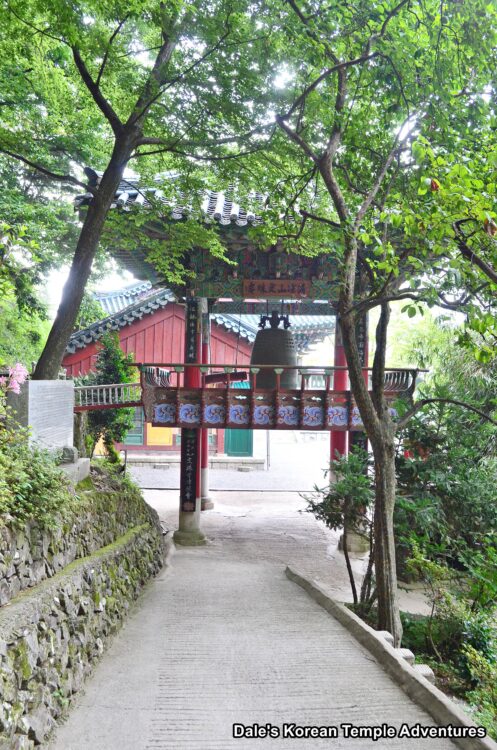
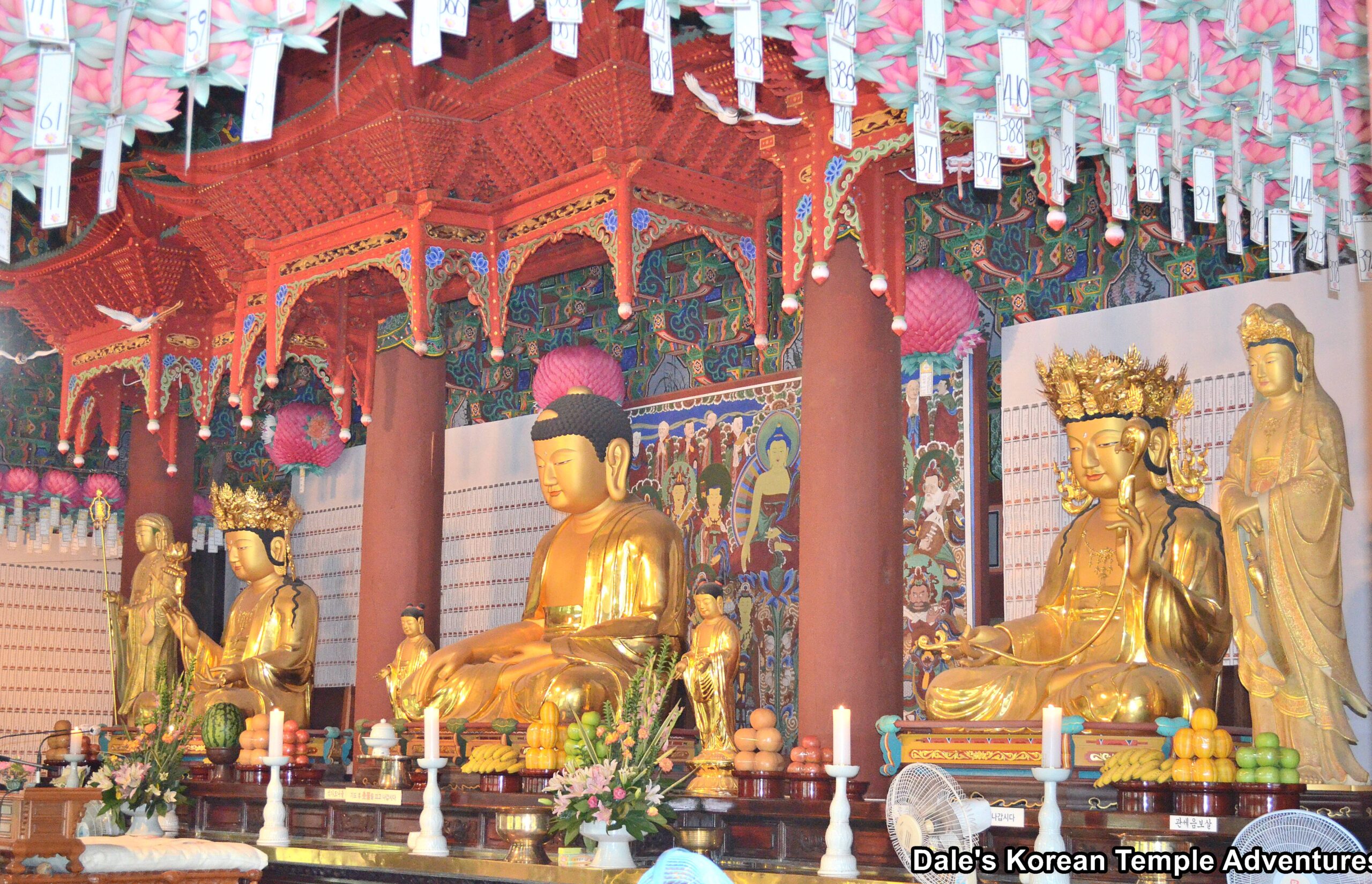


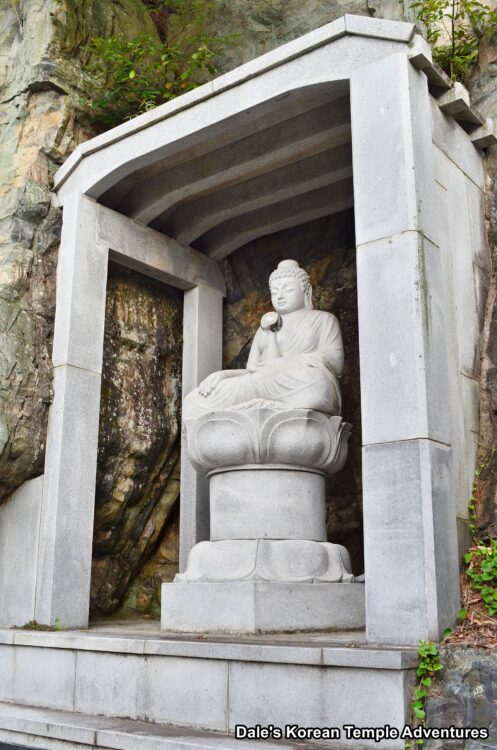
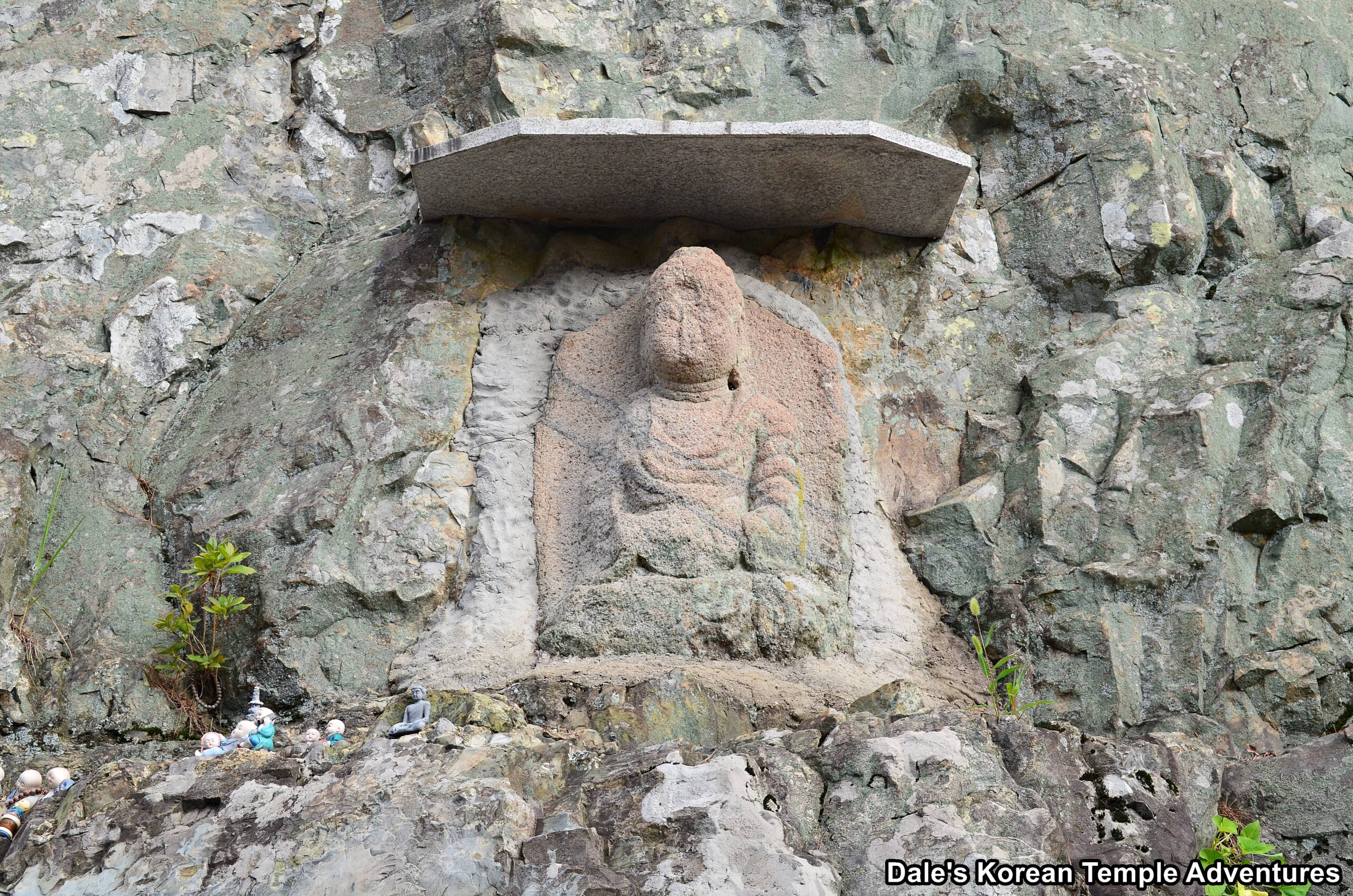


Recent comments